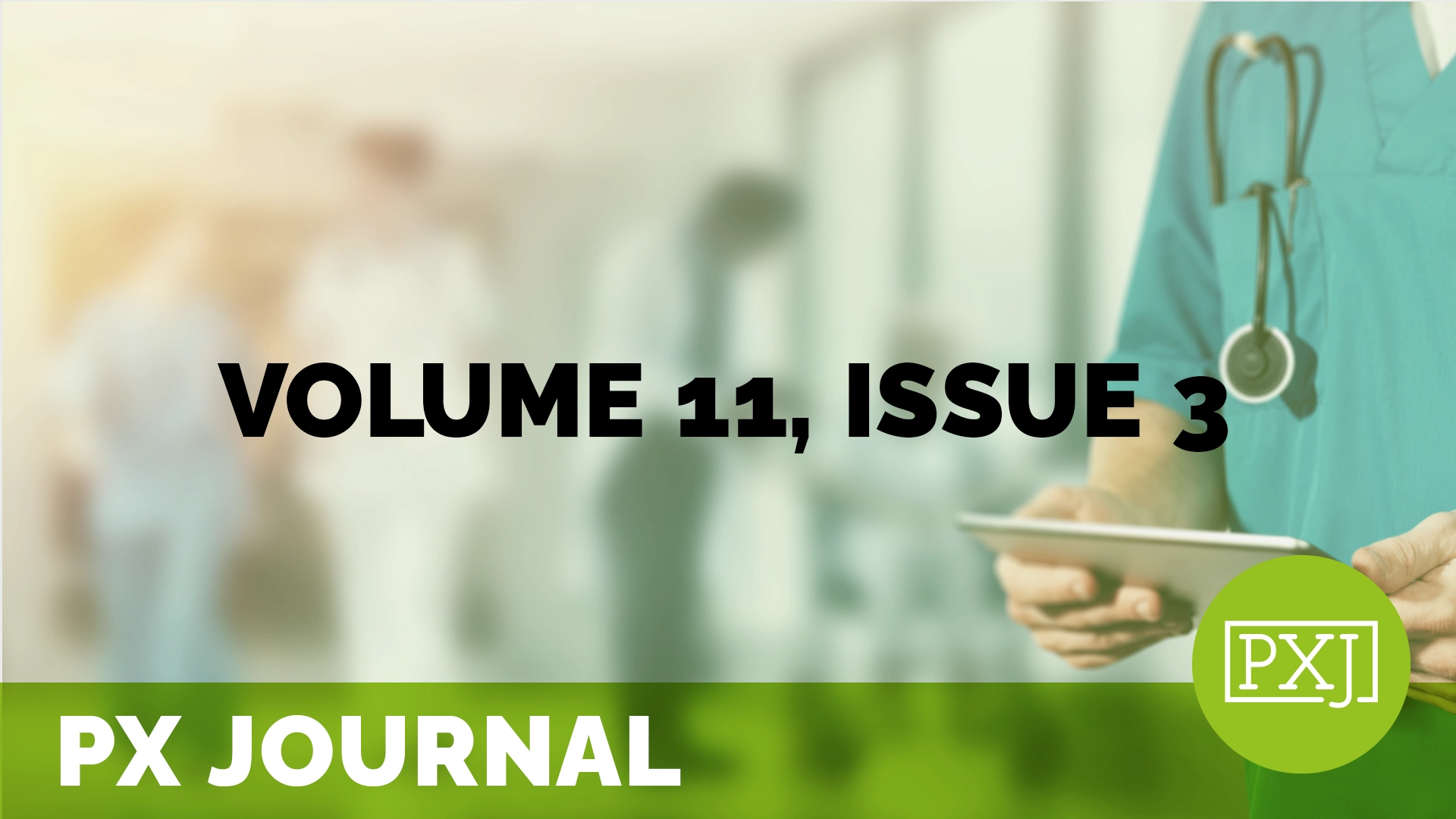Laboratory Literacy: Surveying Lab Result Interpretations of a Local Patient Population

A patient’s independent interpretation of their medical laboratory data has become an unspoken prerequisite in the current age of medicine. In the outpatient setting, it is anecdotally commonplace for patients to receive their lab results before their physicians, resulting in patients often relying on self-interpretations of their results. This study analyzed the degree to which patients are comfortable interpreting lab results and sought to shed light on the question: How are patients interpreting their laboratory reports? A survey was constructed to include the items from a validated health literacy screening tool, followed by items inquiring about the respondent’s experience and comfort interpreting medical lab reports. The survey then contained five sets of two questions, each asking the respondent to interpret a mock-up laboratory report associated with a disease state and to report their level of confidence in their answer. The survey was distributed to 173 patient advisors, of which 61 completed the survey. There was a statistically significant association between one’s health literacy and one’s confidence in interpreting lab results (p < 0.001). Additionally, respondents with a chronic disease were more confident in interpreting a within-range HbA1c compared to respondents without chronic disease (p < 0.05), although similar comparisons for other lab result types failed to yield statistically significant differences. This study detailed the lessons learned in conducting a health and laboratory literacy survey, a preliminary step towards developing a working knowledge of how patients relate to their lab results.
Related content
-
 Innovation & Technology
Innovation & TechnologyBreaking Barriers to Meaningful Patient and Family Engagement in Virtual PFACs
This learning bite explores how one healthcare team tackled common barriers to virtual Patient and Family Advisory Councils (PFACs)—from digital access and confidence to staff readiness and structure. Through practical strategies and a spotlight on a real-world story, M Health Fairview offers a roadmap to more inclusive, impactful patient engagement.
Learn more -
 Innovation & Technology
Innovation & TechnologyPatient Experience and Virtual Reality: The Use of an MRI Exam Simulator
Magnetic resonance (MR) imaging is a safe diagnostic method of high accuracy detection and characterization of various pathological conditions. However, due to the very closed aspect of the apparatus, the high sound amplitude emitted and the need to remain motionless for a significant time, some patients experience discomfort and high levels of anxiety, compromising time
Learn more -
 Innovation & Technology
Innovation & TechnologyCapturing Real-Time Feedback through Patient Text Messaging
Real-time feedback using digital technology allows an opportunity to improve the care experience of patients while they are still in your care and before they receive any surveys about their hospital stay. Learn how patient texting at Houston Methodist led to greater connections with patients and families, built trust and loyalty and improved HCAHPS scores
Learn more
